Pictures › Wildlife › People & Places › Country Know-how › Food
GREEN, WHITE AND BLUE
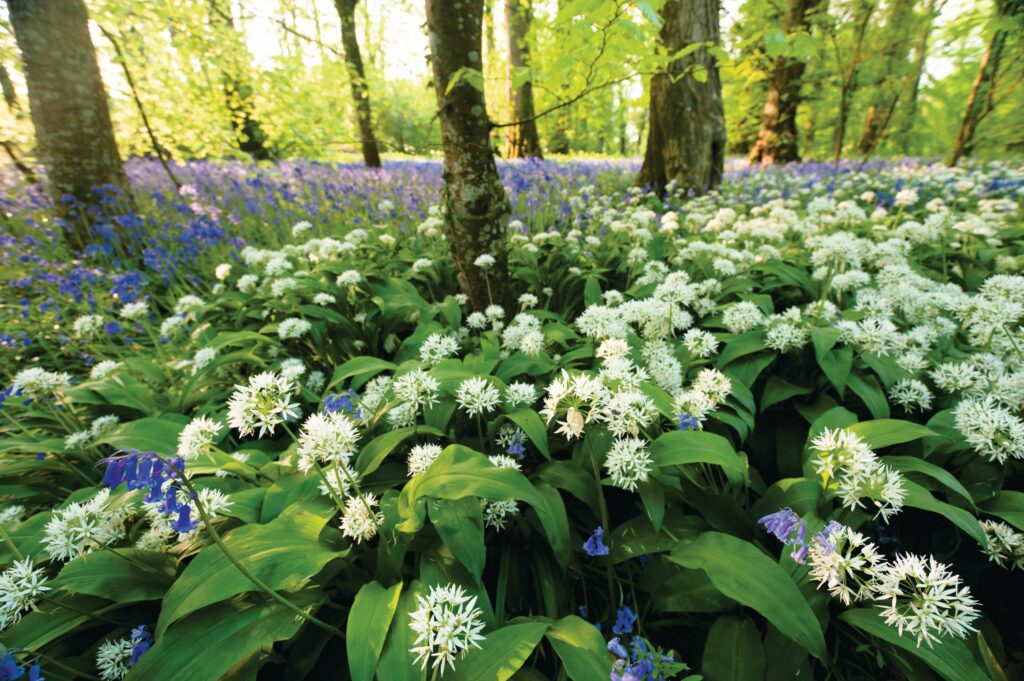
Dense clumps of wild garlic and the deep-violet flowers of bluebells create enchanting kaleidescopes of fragrance and colour in a Cornish woodland in spring. The two plants flower at the same time in late April and thrive in the dappled light of ancient woodlands. Wild garlic is wonderful for foraging, but don’t touch native bluebells – they’re a protected species and highly toxic, too. For wild garlic recipes, see countryfile.com.
MARSH MAZE
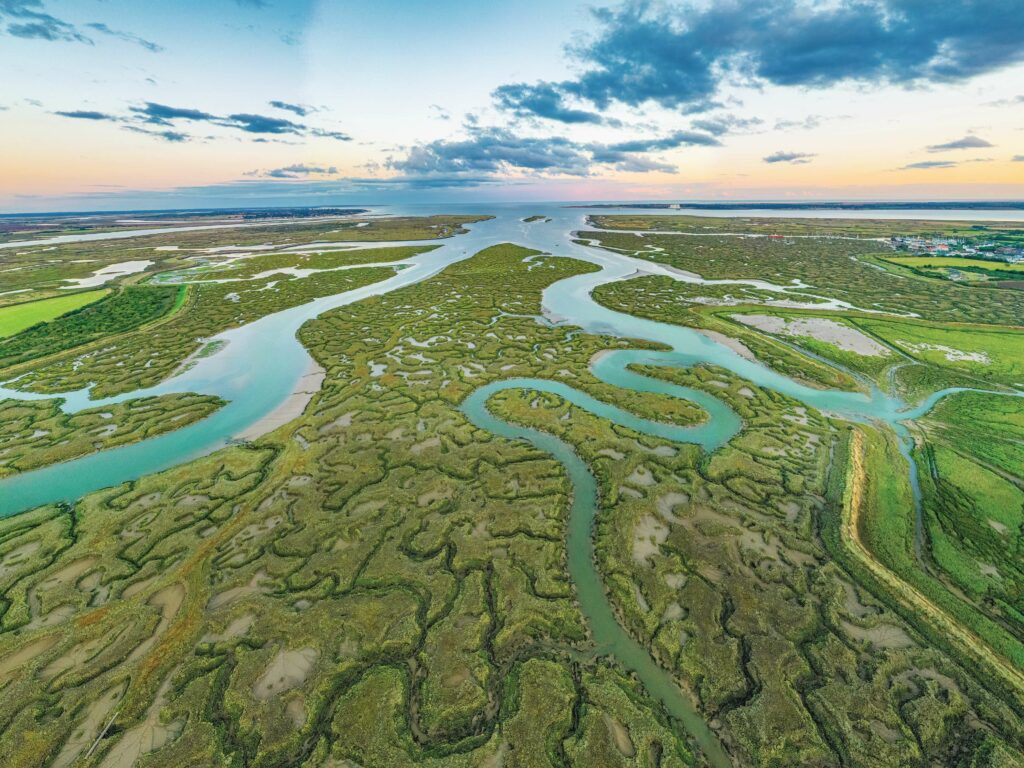
Creeks wiggle their way towards the English Channel through the intricate mosaic of Tollesbury mudflats and salt marshes in Essex. This coastal wetland supports abundant wildlife, including worms, bivalves and mud snails that provide a rich larder for wading birds. It’s also important for carbon capture – ahectare of marsh can lock away two tonnes of carbon a year, in plants and sediment beneath.
BRIMMING OVER
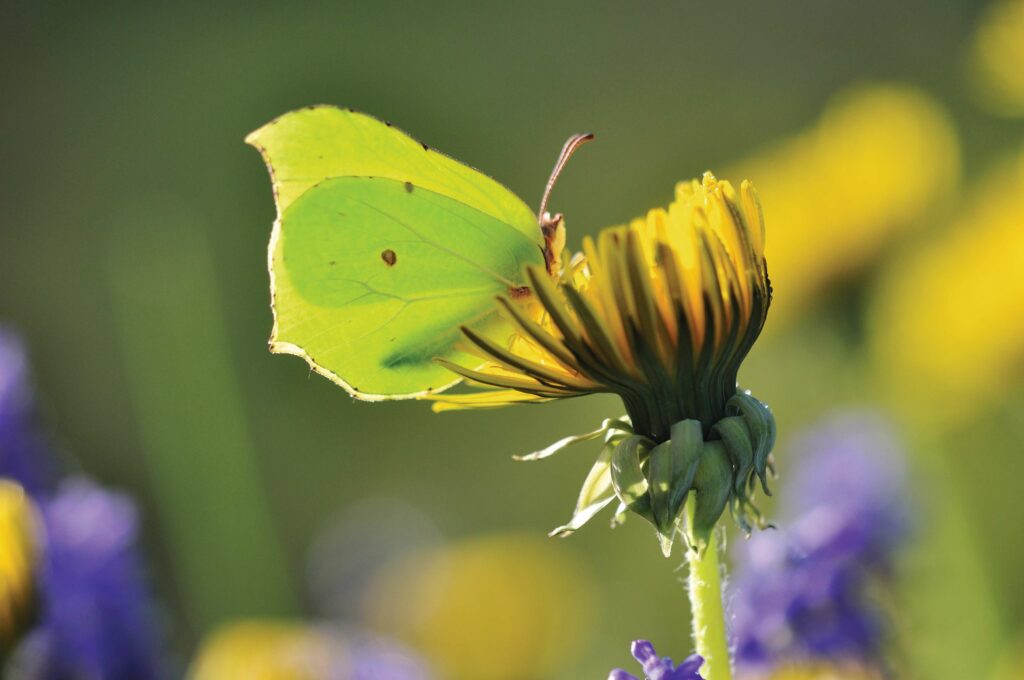
The warmth of spring days brings the brimstone butterfly out of its winter hiberantion. It’s most commonly seen flitting about in woodlands and along mature hedgerows, with its veiny leaf-shaped wings providing an effective camouflage. It’s thought that the creamy yellow of the male brimstone’s wings inspired the name butter-fly.
DANCE OF LOVE
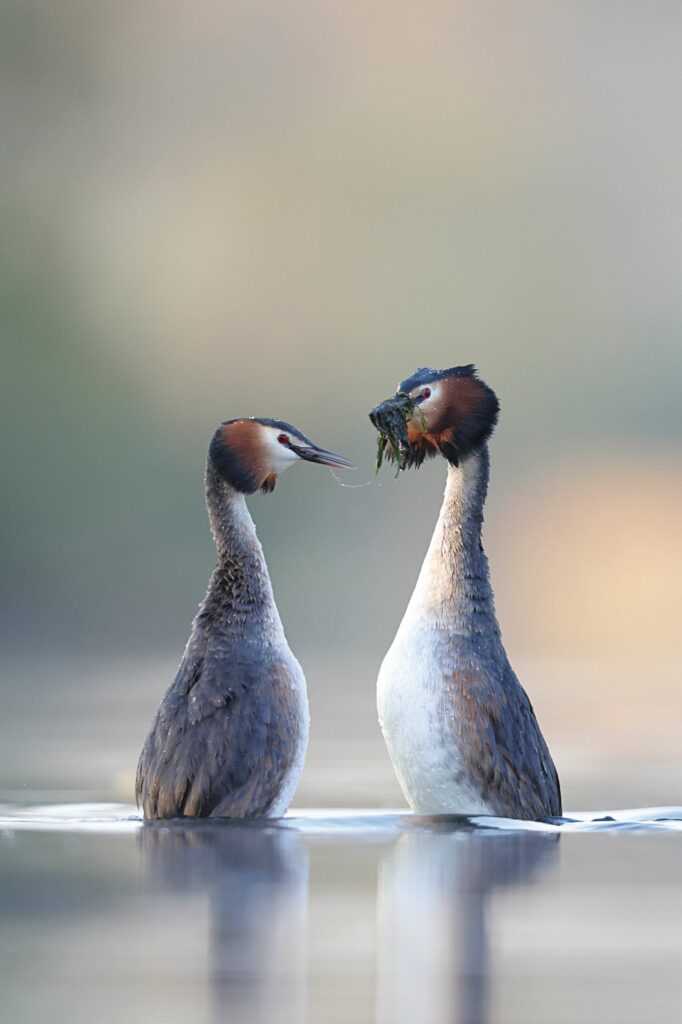
If avian courtship rituals were an Olympic event, the great crested grebe would win gold every spring. Pairs fan out their orange ruffs, perform a headshaking display then, before nesting, the elaborate synchronised weed dance – a slow dive to collect weed, then swimming towards each other before rising together to a vertical embrace. Look for them on a lake near you.
GET INVOLVED
MAP OUR SWIFTS
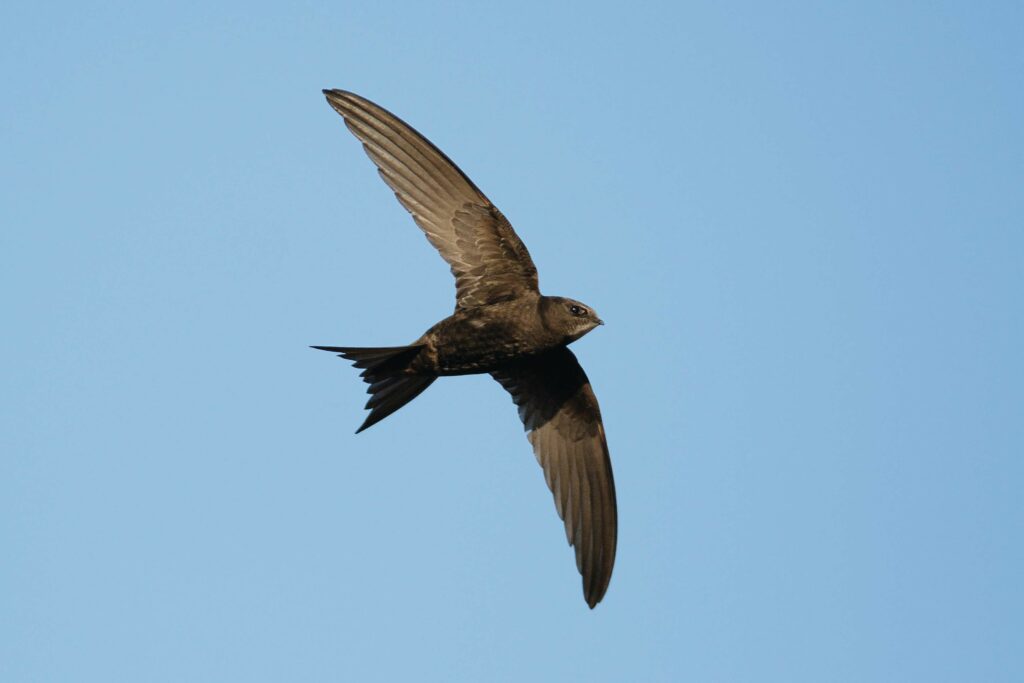
Late spring sees tens of thousands of swifts arrive on UK shores to breed, having travelled 3,400 miles from Africa. However, in just the last two decades, more than half of the population has vanished. According to the RSPB, this may be due in part to the loss of nest sites in roofs, as more old buildings are renovated. Whatever the cause, you can help.
By using Swift Mapper – aconservation mapping tool supported by the RSPB – you can help locate breeding and nesting hotspots for swifts and protect their homes. To record your sightings, visit swiftmapper.org.uk
Listen!
Join Hannah Bourne-Taylor in the woodlands of South Wales where she talks about her brave campaign to help our swifts; episode 174 of the Plodcast. countryfile.com/podcast/hannahbourne-taylor
FOUR WILD READS FOR CHILDREN
Nourish a love of nature and celebrate International Children’s Book Day, on 2 April, with these charming titles
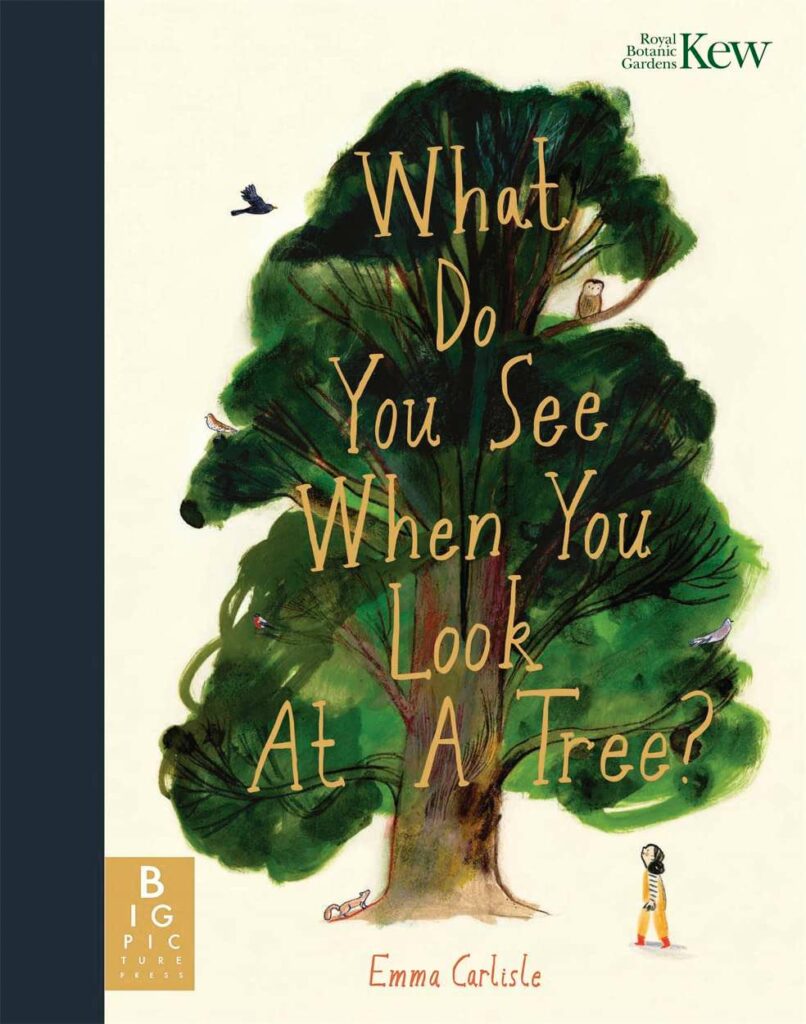
WHAT DO YOU SEE WHEN YOU LOOK AT A TREE?
by Emma Carlisle, Big Picture Press, £8.99
With Emma Carlisle’s gorgeous watercolour illustrations, this book urges children to reconnect with nature by asking questions that encourage reflection and self-awareness – a gentle delight.
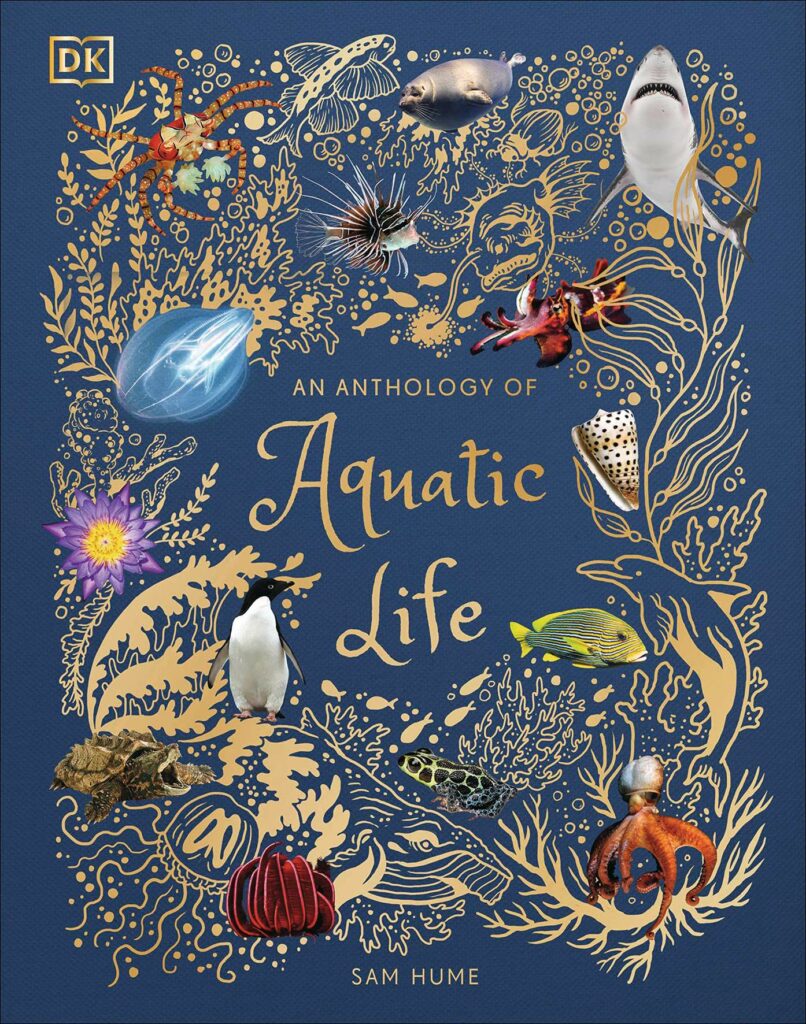
AN ANTHOLOGY OF AQUATIC LIFE
by Sam Hume, DK Children, £20
A stunning underwater encyclopaedia packed with fascinating facts and detailed illustrations of more than 100 aquatic animals and plants, from elephant seals and pond plankton to sphagnum moss.
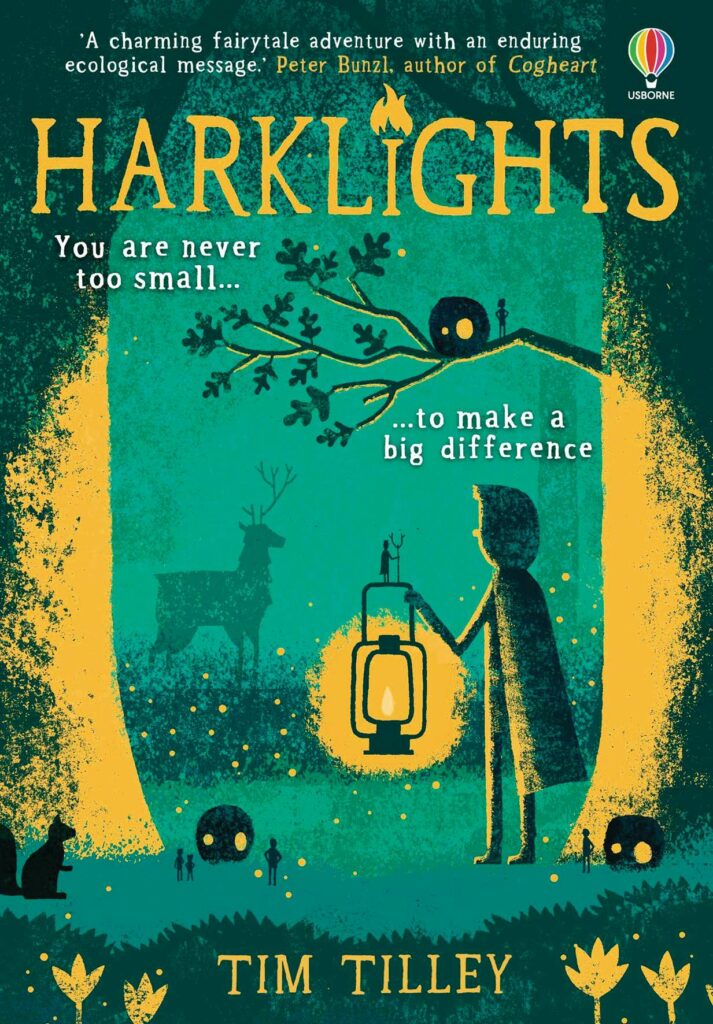
HARKLIGHTS
by Tim Tilley, Usborne, £7.99
This magical fairy-tale story with an environmental message at its heart stars a brave orphan, Wick, and miniature creatures called Hobs that are protectors of the forest. It’s a heartwarming celebration of friendship and the natural world.

FROZEN PLANET II
by Leisa Stewart-Sharpe, BBC Children’s Books, £8.99
Perfect for lovers of the BBC series, this beautifully illustrated accompanying book dives below the ice to meet seal pups and narwhals, stalks with tigers in boreal forests and curls up with macaques in Japan.
ID guide
RAILS
Rails are a curious family of birds, all with highly adapted feet and pointed bills. These five species breed in Britain in spring.
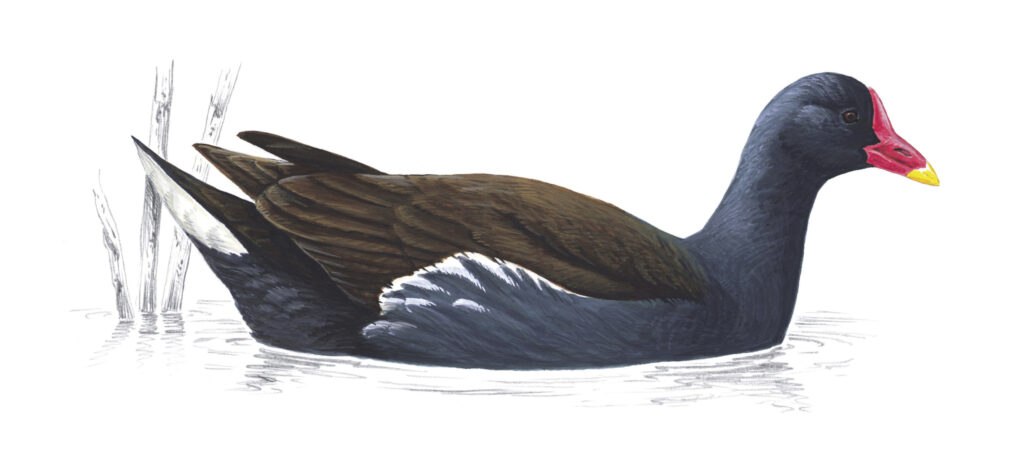
MOORHEN
Gallinula chloropus
Long toes and unwebbed feet give the moorhen a laboured swimming style. Its orange, yellow-tipped billl distinguishes it from the coot. Listen out for the explosive ‘curruck’ call. 30–38cm; 240,000 breeding pairs (320,000 in winter); common.
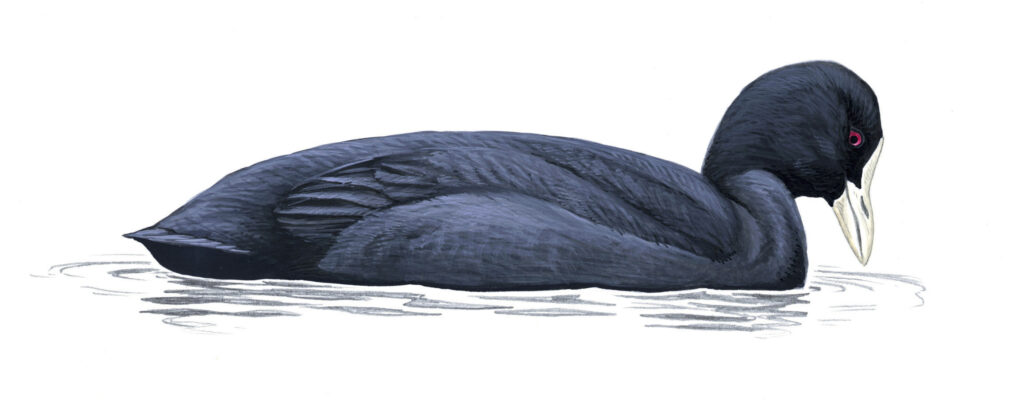
COOT
Fulica atra
Its defining features include a white forehead shield, blue, lobed feet and slate-black plumage. It is largely vegetarian, with a piercing ‘kut’ call. 36–39cm; 25,000 pairs (190,000 in winter); common.
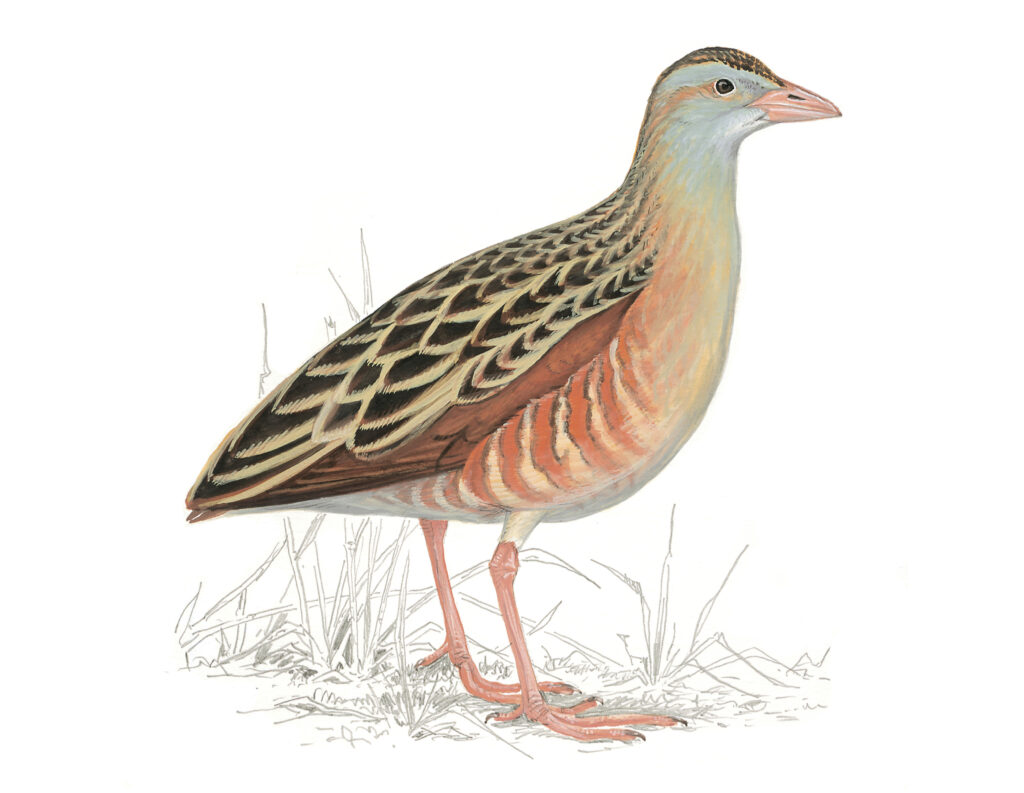
CORNCRAKE
Crex crex
This warm-brown rail has rich chestnut-brown wings and a short, stubby bill. Once common, it is now only found in parts of Scotland, Ireland and eastern England. 27–30cm; 1,200 breeding pairs; rare.
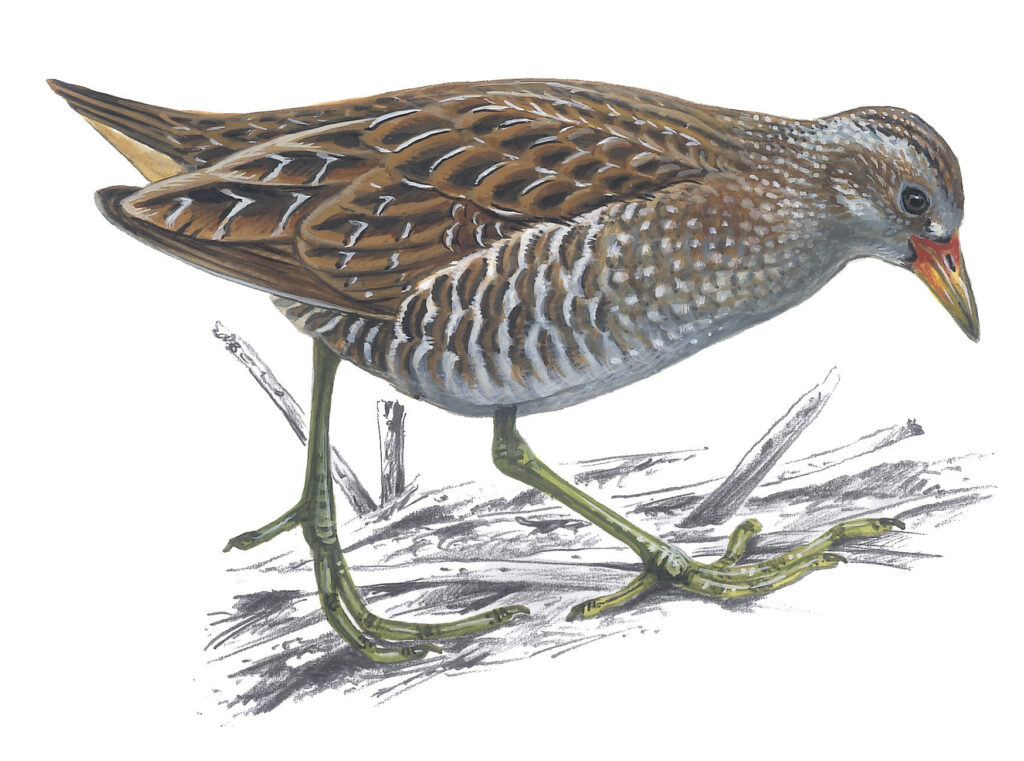
SPOTTED CRAKE
Porzana porzana
Not much bigger than a starling, this extremely elusive bird has a richly speckled plumage. Its short bill distinguishes it from a water rail. 19–22cm; 25 breeding pairs; very rare.
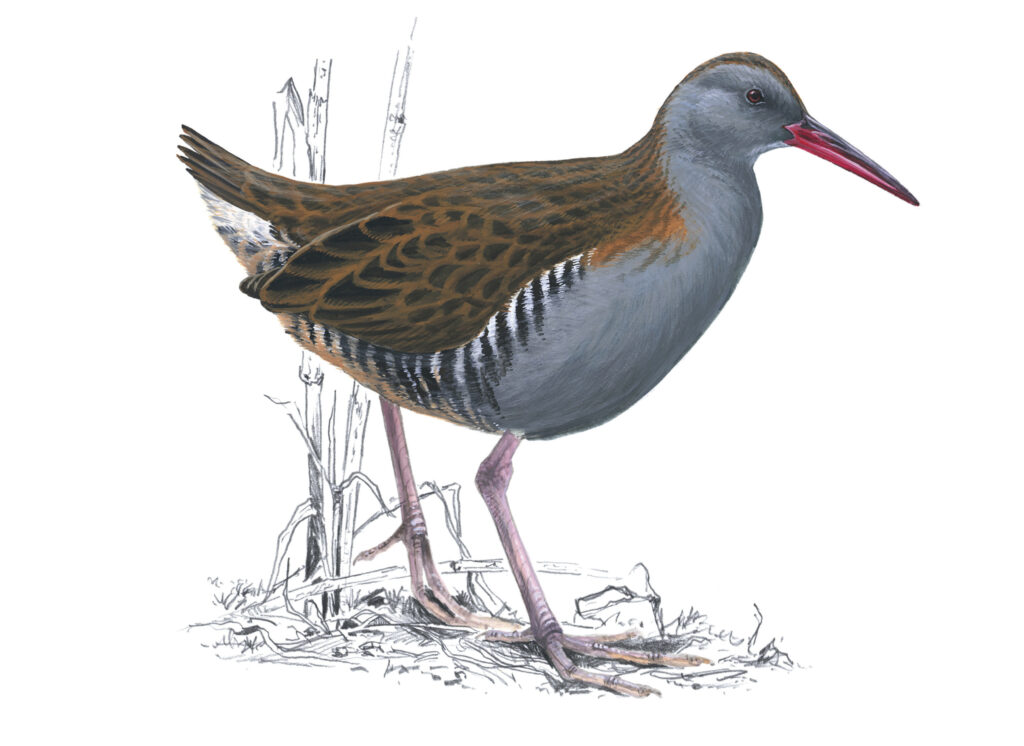
WATER RAIL
Rallus aquaticus
This secretive bird of freshwater marsh has a long, red bill and a loud explosive voice. Its varied diet consists of seeds, snails, crustaceans and small birds. 23–26cm; 1,100 breeding pairs; uncommon.
Countryfile on TV
BBC ONE, SUNDAYS
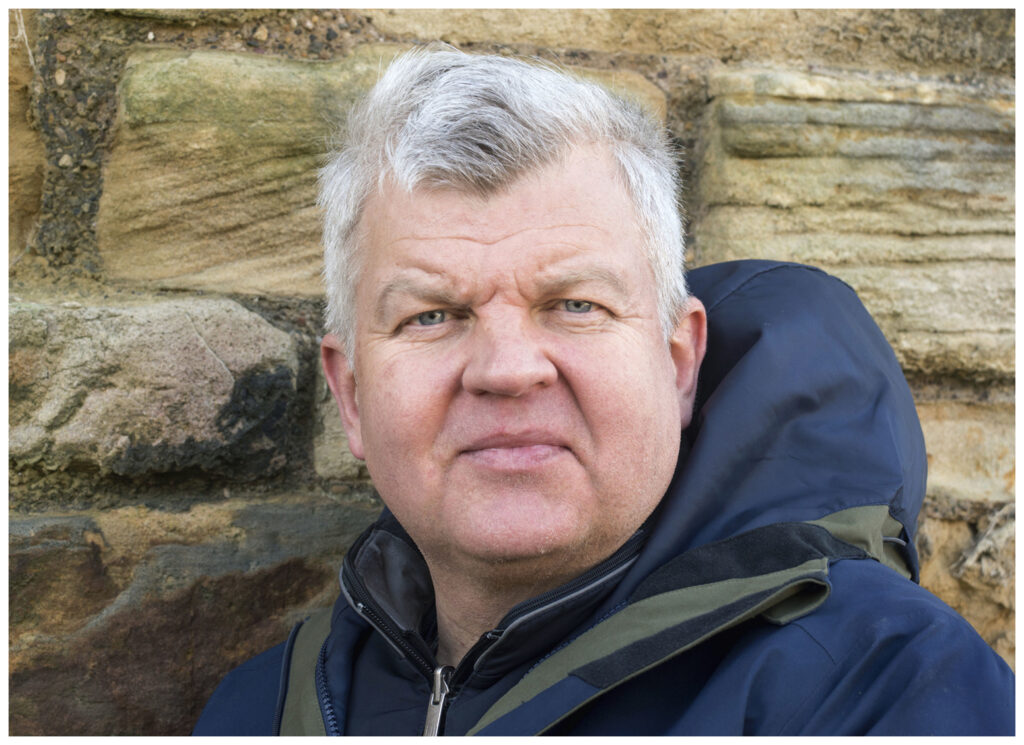
12 March
Follow Adrian Chiles as he takes on plod job experience, living and working with a hill farmer in Wales.
26 March
Ellie Harrison joins a group of Aberystwyth veterinary students on their animal rounds, and finds out more about seed banks.
2 April
Margherita Taylor takes a break to visit a monastery and finds out how they farm their land.
This month on the Plodcast
Mindful escapes
Our latest series of podcasts explores how nature helps heal our bodies and minds. Enjoy soothing coastal walks and woodland wanders – and relax on the canal as the Plodcast team learn how to fish. Plus meet our brilliant guests, musician Cerys Matthews and broadcaster Matthew Bannister. Find the Plodcast on your podcast provider – and email the team at editor@countryfile.com.
This month…
Walk to work
Walking is simple , free and one of the easiest ways to get more active, lose weight and become healthier in body and mind. Despite all these benefits, the pace of modern life has seen many of us give it up as part of our daily routine for something that gets us to our destination more quickly.

7 April is Walk to Work Day and a chance to break the humdrum routine of hopping in the car or on the bus when walking is a viable option. Wake up a little earlier, don stout shoes and enjoy a slower commute to work. You can pick the most direct route or opt for a longer scenic option; walk it alone or team up with a friend or colleague. However you do it, why not resist the temptation to wear headphones and instead take in the sights and sounds around you? Even in the busiest cities you’ll spot signs of nature, be it a dandelion in a crack in the pavement, or a wood pigeon cooing in a London plane tree.
Make do and mend
HOW TO REPAIR AN INFLATABLE SLEEPING MAT
Camping season is upon us – but what’s this? A hole in your inflatable sleeping mat? Never fear, fixing these little punctures is easy and affordable. Here’s how to do it…
You will need: soap and water mix; sponge; towel; liquid adhesive; repair patch
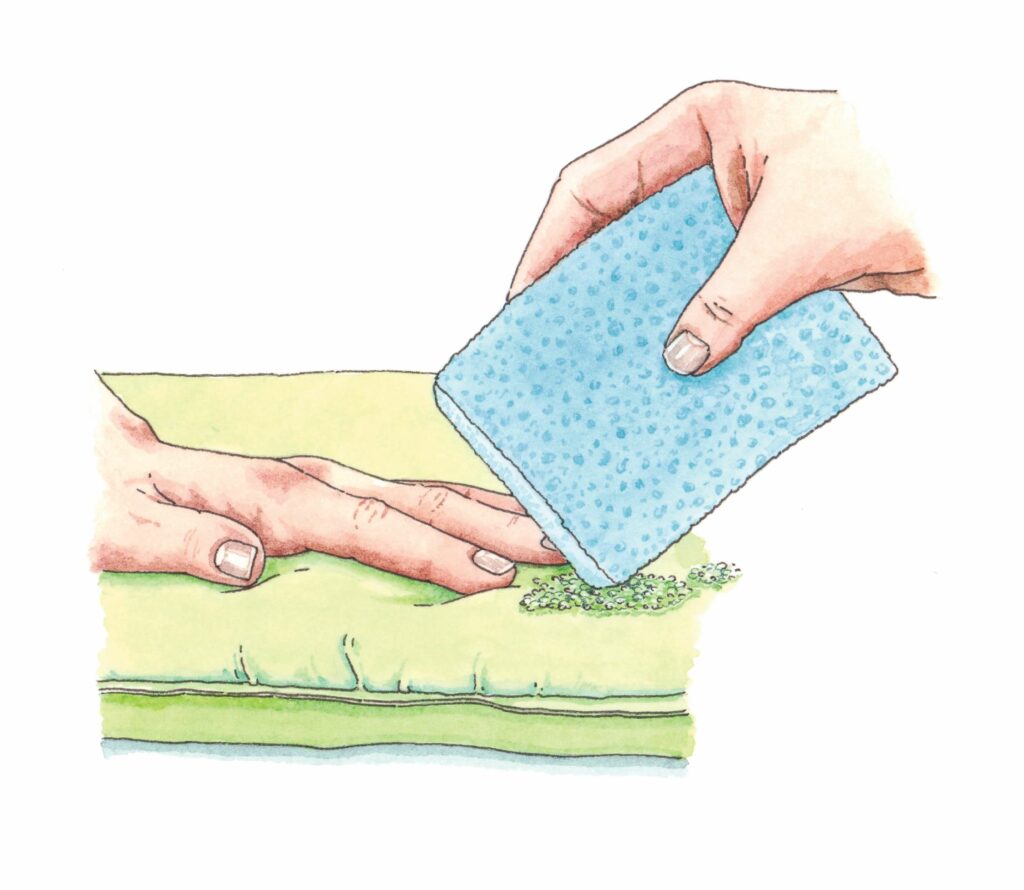
1 Inflate the mat until it’s firm. Dip the sponge in soapy water then use it to cover the surface of the mat around where you think the hole might be.
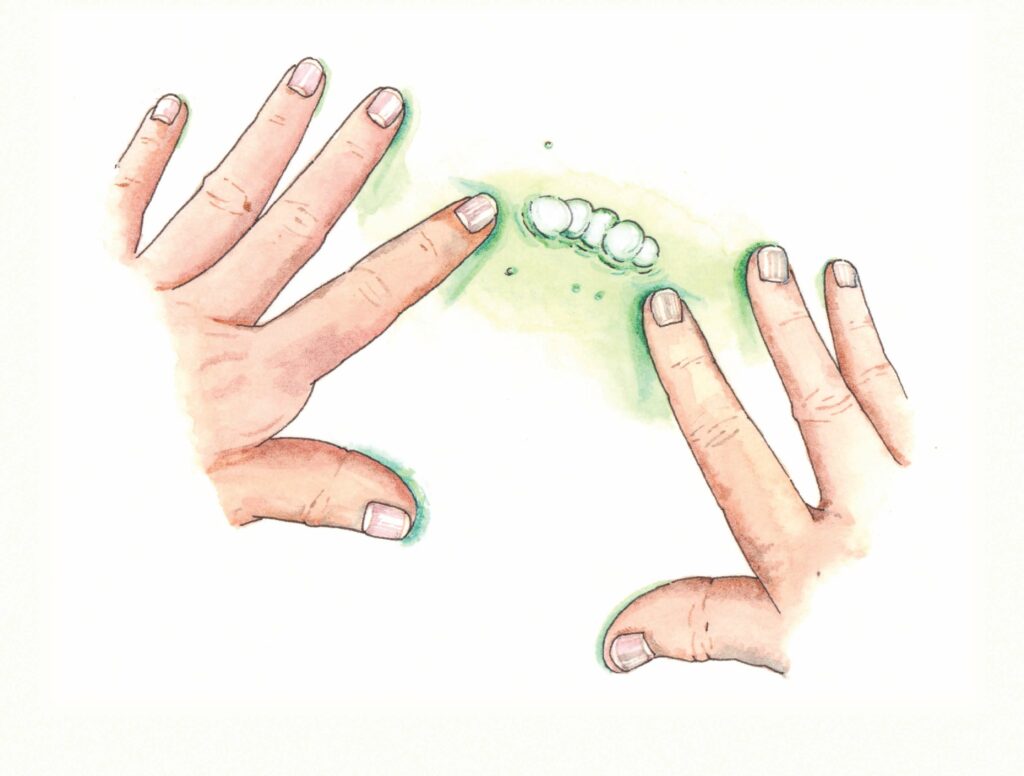
2 Using your fingertips, apply a bit of pressure on the mat. Bubbles will form on the surface where there is a puncture. Mark the hole with a permanent pen, then rinse the mat and dry it with a towel.
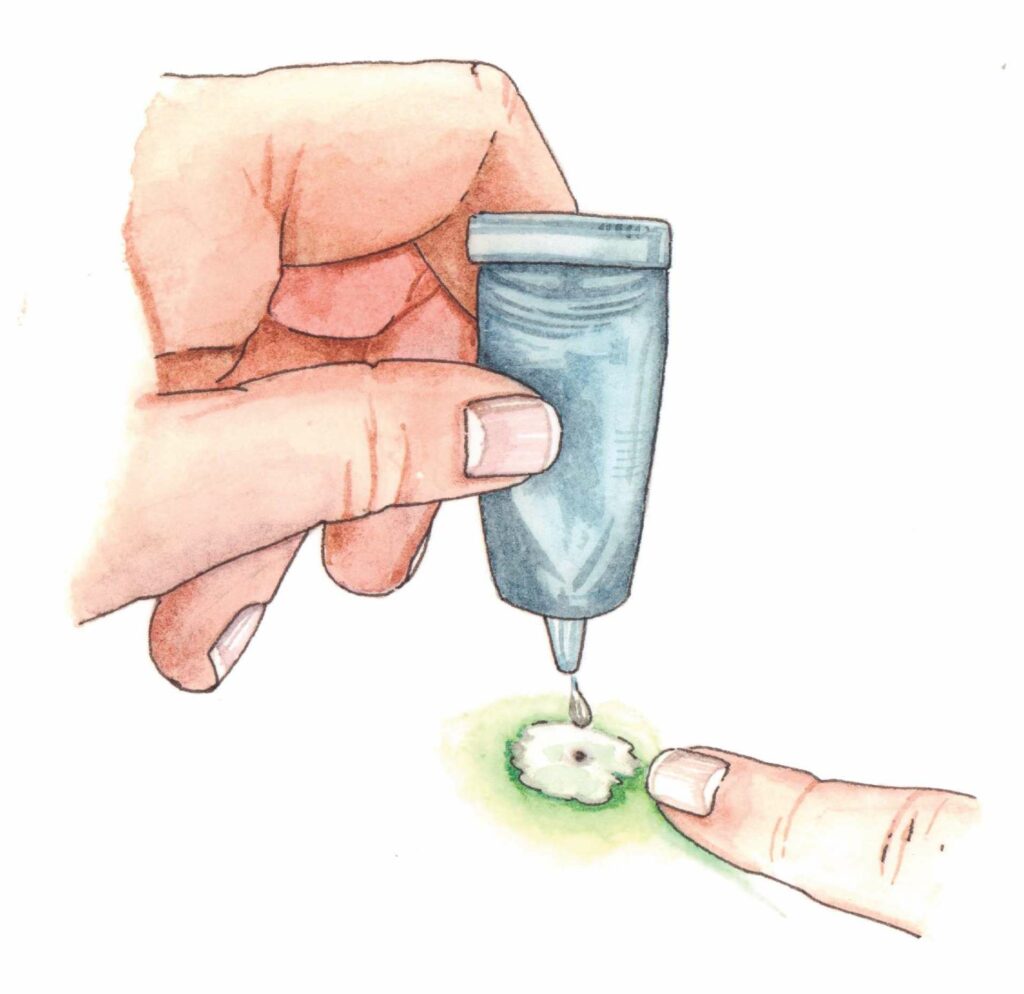
3 Most mats come with a self-repair kit. These vary, but generally include liquid adhesive and repair patches. Spread the adhesive around the hole (3cm diameter). Follow the included instructions for how much to apply and how long to leave it on.
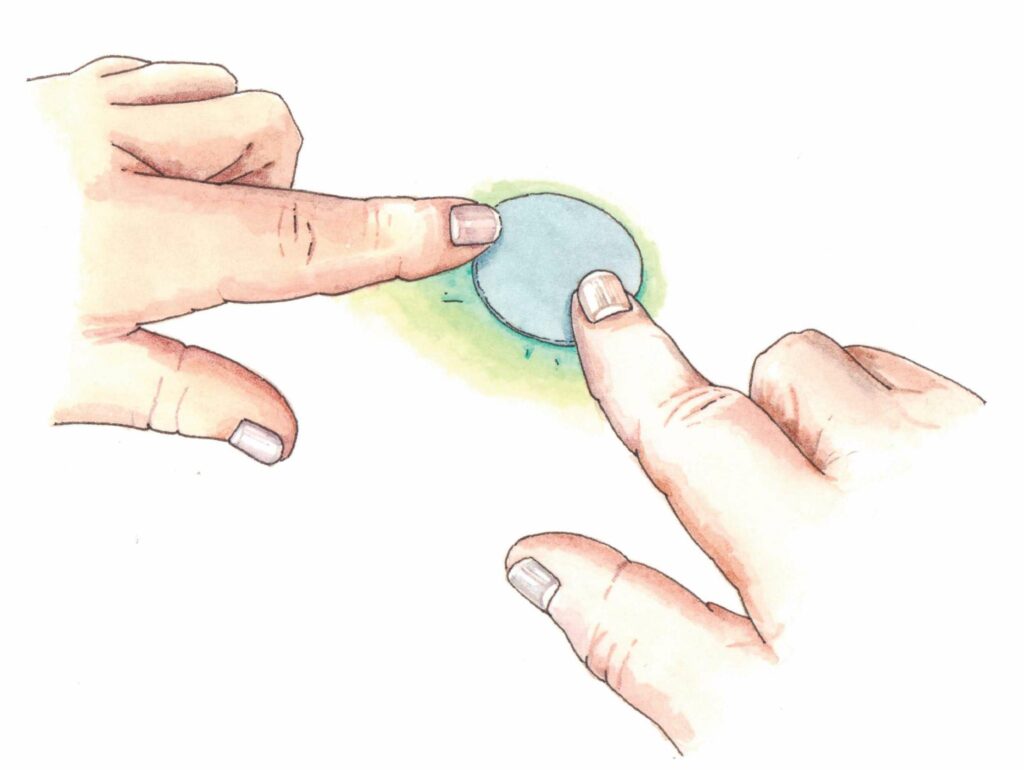
4 Place a repair patch on the adhesive, applying a little pressure with your fingers. Wait for the patch and glue to dry; read the packaging instructions for guidance on the required drying time. Your mat is now ready for your next camping adventure.
National Trust Easter adventures
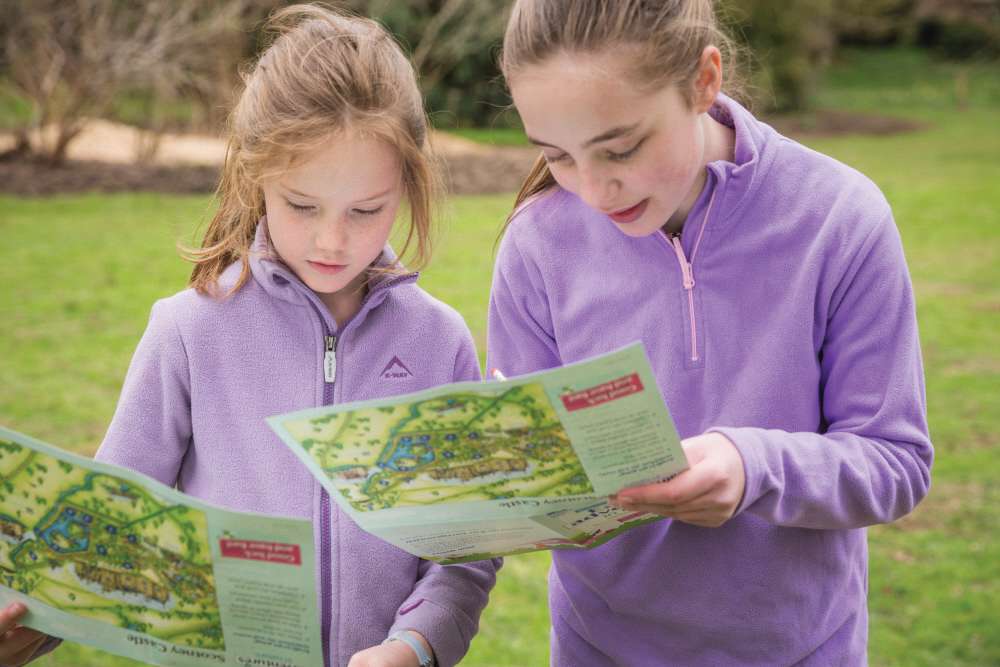
1–16 April
SHERINGHAM PARK, NORFOLK
Brush up on your map-reading skills as you follow a trail to find the signs of spring, from insects pollinating flowers to birds singing in the trees. A chocolate prize awaits at the end. nationaltrust.org.uk/sheringham-park
1–17 April
CASTLE WARD, COUNTY DOWN
Try sensory nature activities while walking through the gardens to claim your chocolate reward. Visit the mansion house or borrow balance bikes to explore the estate. nationaltrust.org.uk/castle-ward
1–23 April
EAST RIDDLESDEN HALL, YORKSHIRE
Keep an eye out for some cheeky bunnies who are hidden around the house, or make the most of the spring flowers by following the Easter trail around the gardens. nationaltrust.org.uk/eastriddlesden-hall
24–30 April
COLETON FISHACRE, DEVON
This Easter adventure is about all bees. Buzz around the garden to complete activites such as the famous ‘waggle dance’ and collect a sweet treat. nationaltrust.org.uk/coleton-fishacre
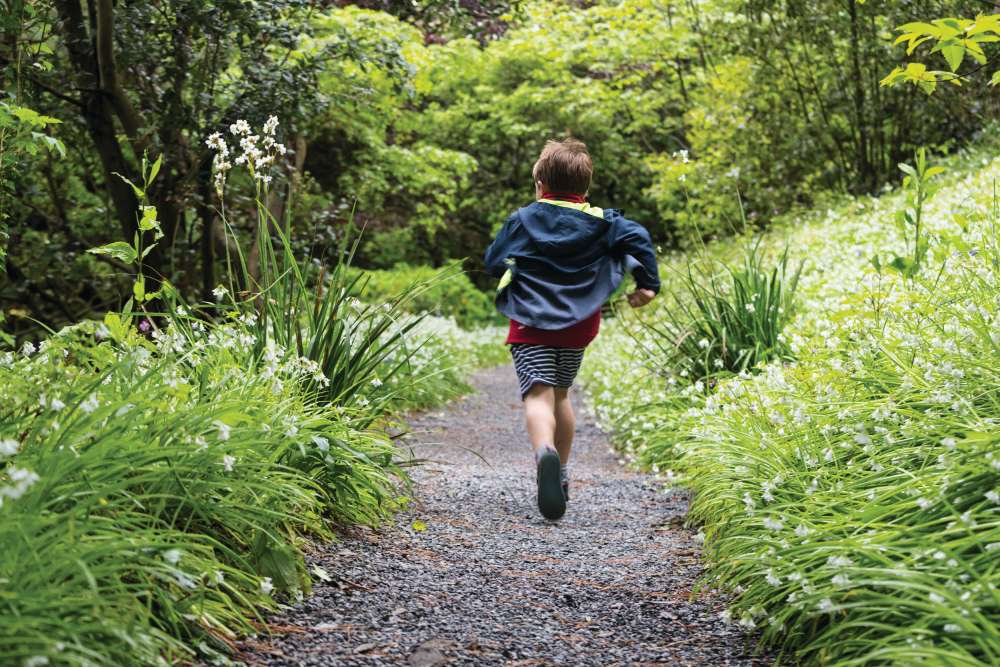
EASTER BBQ RECIPE
GRILLED HOGGET WITH LAVENDER, FETA AND HONEY
Lavender and hogget (a yearling sheep) are absolutely lovely together. On special occasions I like to roast a whole leg of hogget surrounded by freshly cut lavender – the lavender fragrances the meat in such a delicious way. These kebabs play on that same successful combination, and would work just as well with lamb. I like to finish them with crumbled feta cheese and a spoonful of runny honey and pretend I’m in Greece.
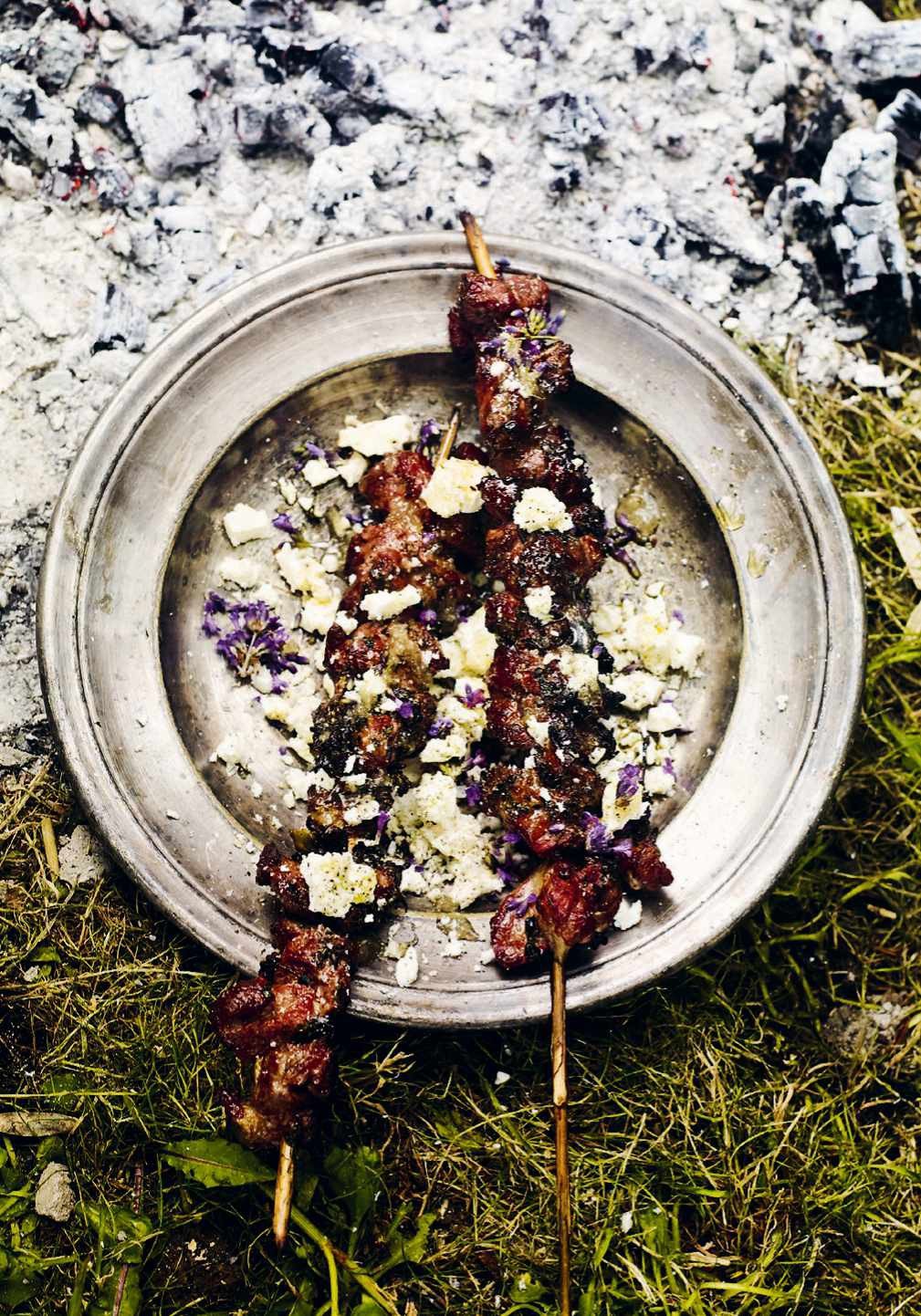
SERVES 2
• About 400g hogget (off the bone), from the leg or the top of the shoulder
• 2 tbsp extra-virgin olive oil
• Finely grated zest and juice of 1 lemon
• 3 garlic cloves, thinly sliced
• 4–5 lemon thyme or regular thyme sprigs, leaves picked and roughly chopped
• 2–3 heads of fresh lavender flowers, or 2 tsp dried petals, plus extra to finish
• 3–4 oregano sprigs, leaves picked and chopped
• Sea salt and freshly ground black pepper
• 100g feta
• 1 tbsp runny honey
METHOD
1. Place the hogget on a board and use a sharp knife to trim away any excessive sinew, membrane or fat. Slice the meat into 1cm medallions or thereabouts. Place them in a bowl and add the ex tra-virgin olive oil, lemon zest (not the juice at this stage), garlic, thyme, lavender flowers (fresh or dried) and oregano. Season the meat with salt and pepper and tumble every thing together. Leave to marinate in the fridge for a few hours, or overnight if you like.
2. When you’re ready to cook, take the hogget from the fridge and thread the pieces of meat on to two skewers, or four if you prefer. Don’t force the meat on too tightly because the heat will then take longer to reach the middle.
3. Light your fire or barbecue and when you have a hot bed of glowing embers, set the kebabs down on the grill. Cook them, turning every four to five minutes, for 12–14 minutes if you’re using leg, and 20–25 minutes if you’re using shoulder, until the meat is lovely and caramelised on the outside and cooked through. Lift the kebabs off the grill to a board or plate. Crumble over the feta, sprinkle with a few extra lavender petals and trickle with honey. Serve with a good spritz of lemon juice, some flatbreads and some minted yoghurt or lemony hummus.
Recipe from Outside: Recipes for a Wilder Way of Eating by Gill Meller (Quadrille, £30).